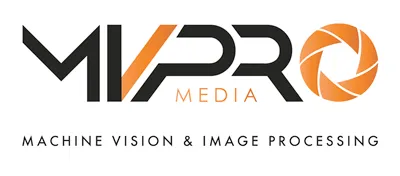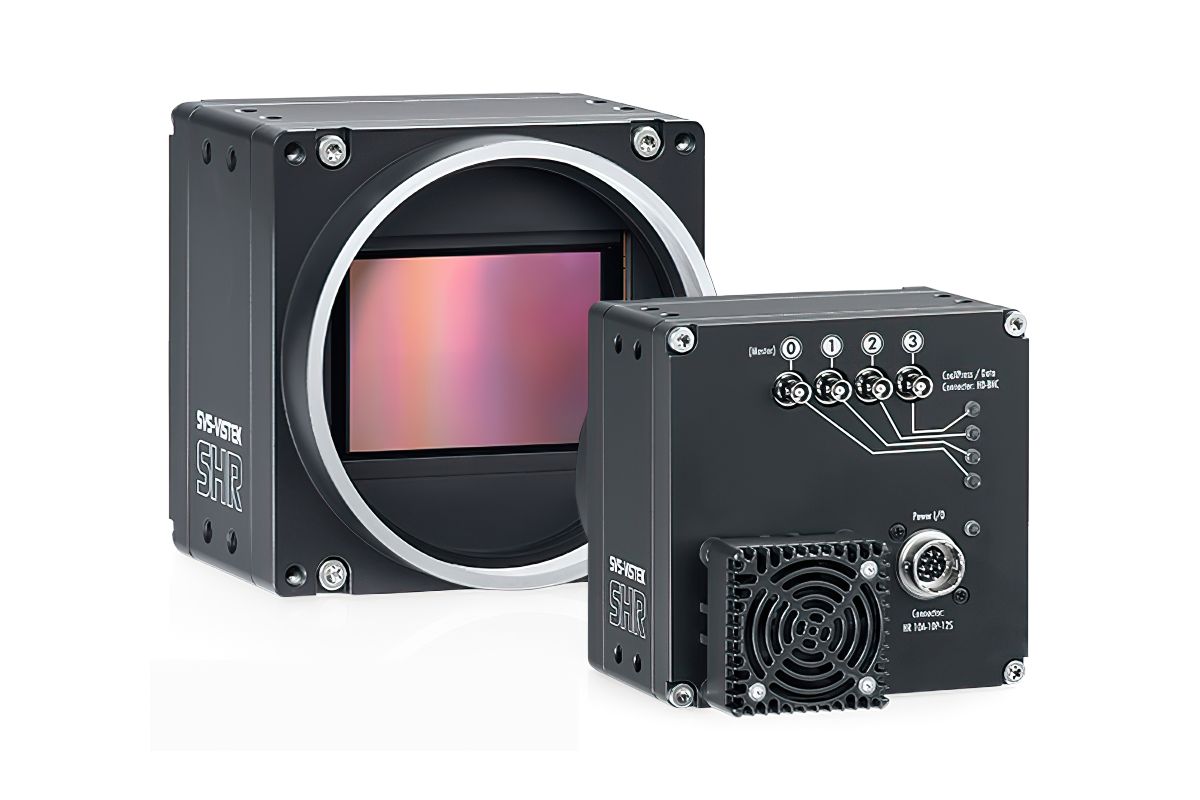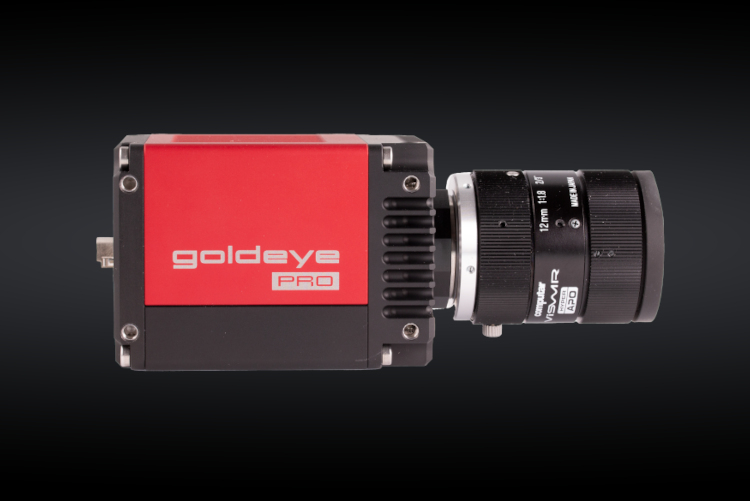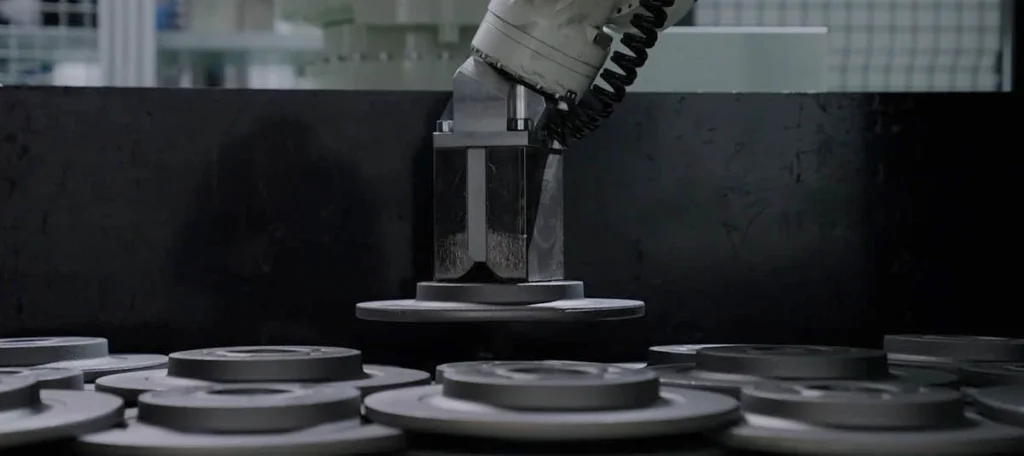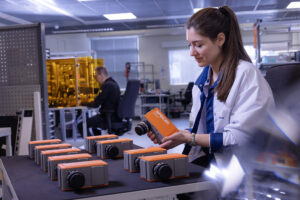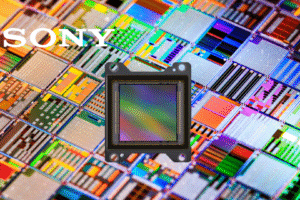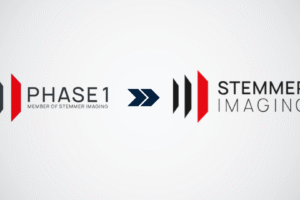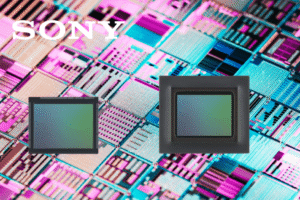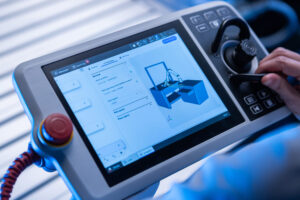In the late 19th century, Gaspar Felix Tournachon patented the concept of using aerial photographs to compile maps. Since then, aerial imagery has proven a more effective method to mapmaking than time-consuming ground surveys.
With advances in imaging technology and aeronautics, aerial photography is today widely used by mapmakers, as well as surveyors, geologists, urban planners and military strategists.
QUALITY IS KEY
Whether video is taken from an aircraft, helicopter or drone, camera quality is critical to capturing images suitable to extrapolate spatially accurate data. An aerial camera is a highly-specialized instrument that requires large pixel counts combined with a highly optimized lens to achieve low-noise, high-contrast and distortion-free images. The quality of the global shutter will also determine the usability of aerial photographs.
RUGGED & LIGHTWEGHT
Along with superior imaging, aerial cameras must be built extremely rugged. Aerial cameras are routinely exposed to severe mechanical load stress and turbulence-induced vibrations that can damage internal components or misalign optics. In the case of drones, the imaging system also needs to be very compact and lightweight to meet performance requirements for the drone’s flight range and duration.
SVS-VISTEK CAMERAS
With a diverse and easy-to-integrate line of products, SVS-Vistek has several standout cameras purpose-built for aerial imagery. At the forefront of the SVS-Vistek portfolio is the SHR Series Series of cameras with resolution options from 101.8 to 151 megapixels. Large sensors ensure a homogeneous image, while the camera’s shading correction and user-defined defect pixel correction provide outstanding linearity, consistency and low noise. Many SHR cameras feature Sony CMOS sensors with global shutters. A global shutter exposes all pixels on a sensor simultaneously. This is unlike a standard rolling shutter, which scans the sensor line by line, causing the image to change slightly as it moves.
Available with either a 10GigE and CoaXPress (CXP6 and CXP12) high-speed interface, SHR cameras are engineered for simple integration in planes, helicopters and drones with one of the smallest footprints in its class at 80 x 80 x 83 millimeters and weighing just 580 grams. To endure harsh environmental factors during flight, its rugged metal housing is built to the IP30 protection class rating. High structural precision in the housing maintains a secure hold on the camera mount, adapter and lenses during flight when subjected to heavy vibrations.
